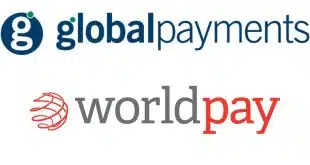Surprisingly sub-par performance by credit card issuers' Web sites may be channeling customers to more expensive alternatives for service, such as corporate call centers, reports a new study by Keynote Systems Inc. The San Mateo, Calif.-based company, which measures Web site performance in various industries, says in a summary of its findings released today that the nine major credit card sites it analyzed “showed poorer than expected reliability” over a 30-day period from February to March. Indeed, the company says reliability for the sites averaged 97.5% each day from 8 a.m. to midnight, a mark it says was “much lower” than it expected to find for an industry that depends on premium uptime and service levels. Availability ranged from 94% at the worst-performing site to 99%, a level reached only by Bank of America and MBNA. These two sites, Keynote says, were down less than three hours during the month, compared to 19 hours of downtime for the worst site, which Keynote doesn't name. The result of such downtime, Keynote says, can be a movement by frustrated customers to issuers' call centers to do what they cannot do on the Web. “When customer service costs are compared between expensive call centers and self-service Web sites, the amount of money spent to service a customer who is unable to get to a Web site is enormous,” the company says. The study measured the issuers' sites on 10 performance criteria, including download speed, response time, page design, and Internet connectivity, as well as reliability. The top three performers overall were BofA, Capital One, and MBNA. But no single site, Keynote says, consistently topped all or most of the categories, indicating even the best sites need to improve, the company says. It also faults the sites for their slow performance on dial-up connections, which it says reflects a failure by these issuers to take into account that 43% of U.S. households still rely on dial-up. The average wait time for page download on dial-up, the study showed, was fully 35 seconds. “These companies may have designed their Web site with only high-speed users in mind,” Keynote says. One bright spot in the study was that six of the nine sites were able to handle peak loads without difficulty, an indication “the industry has paid attention to developing its infrastructure and adding capacity,” Keynote says. The sites Keynote measured also included those of American Express, Bank One, Chase, Citibank, Discover, and Providian Financial.
Check Also
Better Defenses Make It Harder to Perpetrate Fraud, a Report Finds
Ransomware demands and payments declined in 2024, thanks to a combination of better law enforcement …





